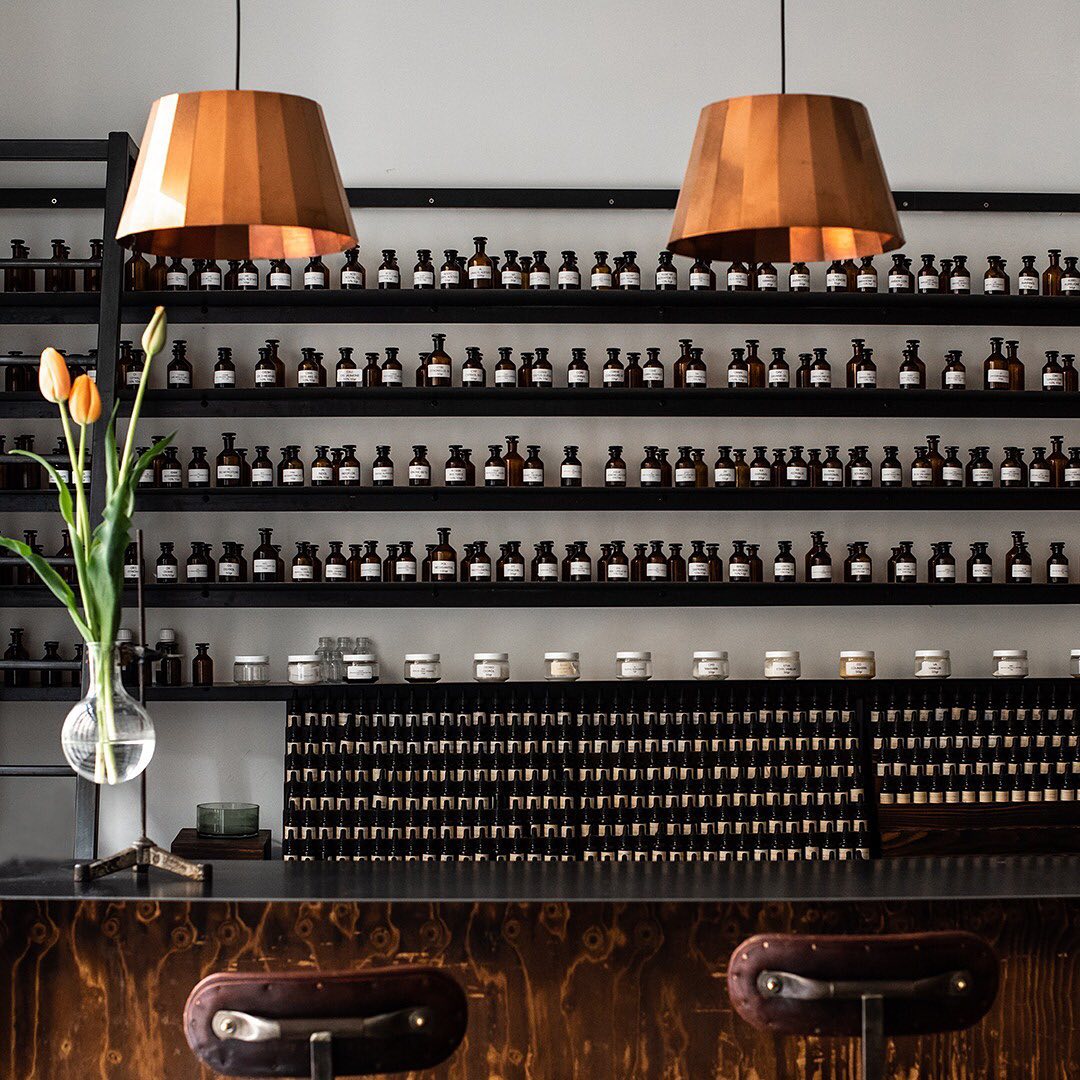
the largest multi-brand beauty store in France
+800 fragrances from +80 brands including :
recommended in more +60 city guide
You have a question? Please consult the Frequent Asqued Questions (FAQ).
If you don't find your answer, please contact us:
by email: info@noseparis.com
by phone: +33 1 86 47 72 76
Nose ship perfume by international airfreight and by La Poste for the services Colissimo Expert and Chronopost Classic to more than 75 countries.
To know more, please consult the Frequent Asked Questions (FAQ)
To know more about returns and refunds, please consult Terms and Conditions of Sales, section 6 Right to and period of withdrawal.
Nose proposes an olfactive diagnosis where 5 perfumes will be proposed among a list of 500 curated ones.
Do the diagnosisNose proposes an olfactive diagnosis where 5 perfumes will be proposed among a list of 500 curated ones.
Do the diagnosisFLAIR Amélie Bourgeois and Anne-Sophie Behagel, perfumers and co-founders of Flair perfumes, decided to create their own philosophy and studio for the creation of perfumes. The duo found each other through Monique Schlienger, with whom they did their apprenticeships. Today, they let their olfactive imagination run free and have found their own path in niche perfumery.
What’s your motto?
“The only thing one never regrets are one's mistakes.” (Oscar Wilde)
What are your oldest olfactive memories?
(Amélie) The smell of horse skin. I remember curling up around my pony’s neck.
(Anne-Sophie) The scent of my parents’ cheek before they’d go out at night. I would fall asleep in their olfactive presence.
Who have been the mentors that have influenced you the most, and how?
Monique Schlienger, our perfume master, who ignited our passion for perfumery in her generous ways. She’s an extraordinary woman. For three years we were her apprentices, the last ones, and she passed on all of her expertise in raw materials and the craft of perfumery.
How would you describe FLAIR’s olfactive signature?
It’s bold, artistic, innovative - we always search new materials from atypical sources, we try to push new combinations to the extreme, as in nevermore by FRAPIN with its rose saffron oxide, or the M grapefruit rhubafuran methyl in citrus Ester by AETHER. Yet, our perfumes are always wearable.
What are your favourite raw materials?
(Amélie) Iris and Ambroxan. Iris, for the childhood memory of wheat fields and the harvest, and Ambroxan, which reminds me of the dampness of lovers.
(Anne-Sophie) Rose oxide and Atlas cedar. Rose oxide, for its irreverent and candid notes, and the Atlas cedar, which evoke happy memories from Moroccan souks.
Where do you find your inspiration?
In all sorts of life moments; travels, hikes in nature, a whiff of a scent in our urban everyday life, in the artistic directors of all the brands that we work with; Michael Partouche, Nicolas Chabot, Amélie Jabban, David Frossard, Arnaud Poulain, Philippe Di Meo, and so many others.
When working as a team you sometimes have to make compromises. How does that work in the creative process of a perfume?
We compete for every brief, that way we have twice the chance of winning. One’s success makes both of us happy. For instance, Amélie did the brief for Paradis Perdu by FRAPIN, Mr Vetyver, Ether Oxyde and Citrus Ester, while Anne-Sophie did nevermore by FRAPIN, Suma, Muskethanol, Rose Alcane and Carboneum.
How would you describe the AETHER perfumes?
They’re perfumes from a time that hasn’t come yet, subtle in their search for unprecedented molecular agreements. They spring out of modern and contemporary perfumery, which is avant-gardist and elaborated around synthetic raw materials like a embroidery around a molecule. It is very complex work that hasn’t been done like this before.
How would you describe the perfumes of Frapin & Cie?
They’re patrimonial and historical perfumes, as deep as the Cognac brand. Nevermore is the olfactive illustration of the poem The Raven by Edgar A. Poe and of the anonymous visitor who, every January 19th, lays down a rose and a flask of cognac on his grave in Baltimore. An icy rose with hints of saffron and humus.
How would you describe Nuit à Bali?
They springs from exotic briefs that take you around the world, and they’re filled with beautiful, new, natural materials. The perfume Mister Vetyver is made of piri piri, which has been filtered with love and friendship in the Chipibo tribes, and a man on his bike who smokes in the rice fields of Bali.
What is unique about each of these perfume houses?
The artistic personalities who run these houses bring about their singularities. Each one of them comes to our lab with their story, their tastes, their references, and the desire that we retranscribe a bit of their soul in each perfume. Naturally, the perfumes all have strong personalities.

the largest multi-brand beauty store in France
+800 fragrances from +80 brands including :
recommended in more +60 city guide
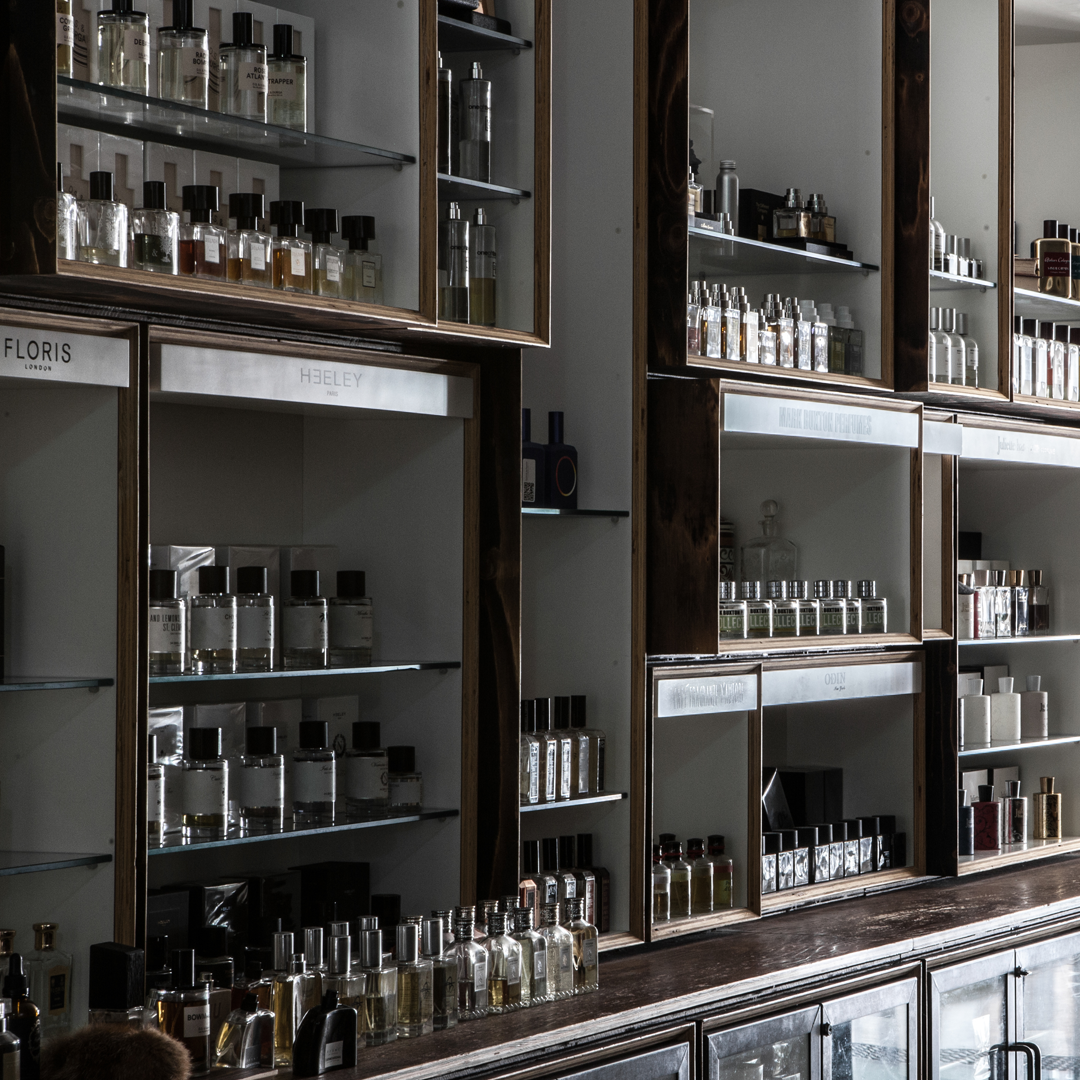
+ 800 fragrances from +80 niche brands
but also home & cosmetics.
100% authentic products & official reseller
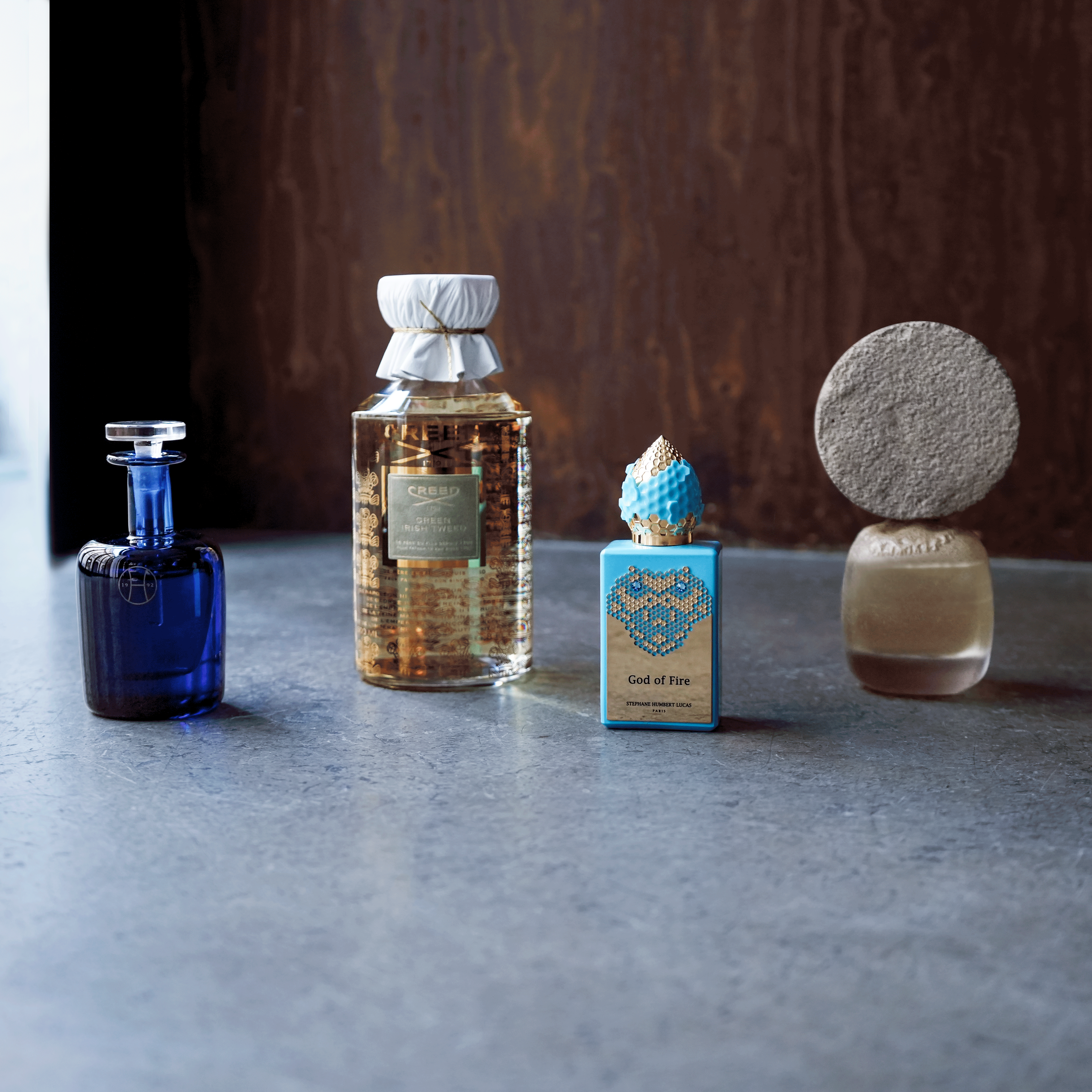
official French price for :
Creed, Maison Francis Kurkdjian, Kilian,
Marc Antoine Barrois…
VAT free for non European country
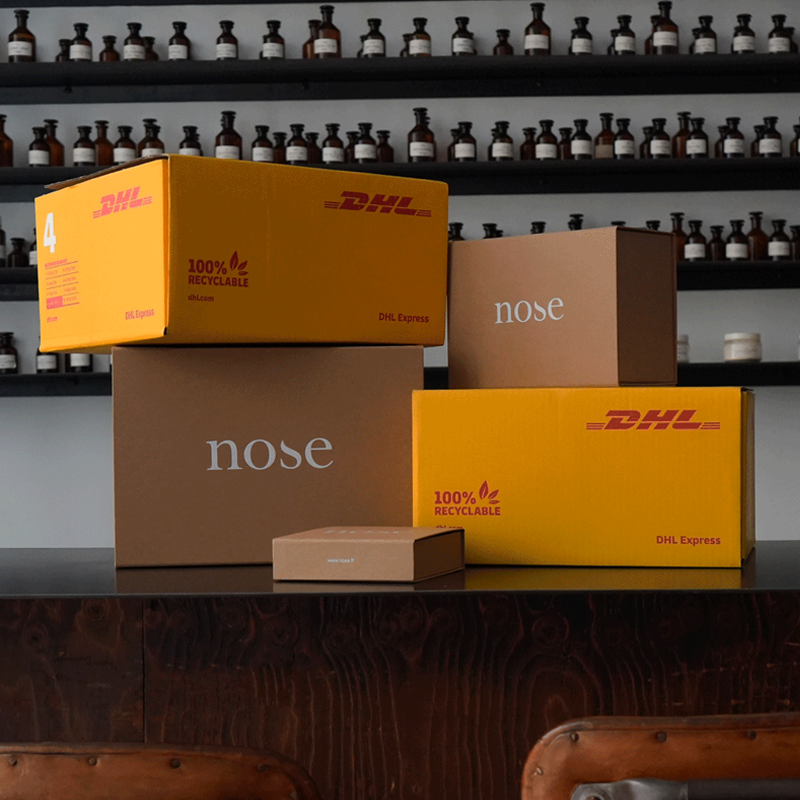
free express airplane delivery with DHL above
€167
all informations available here.
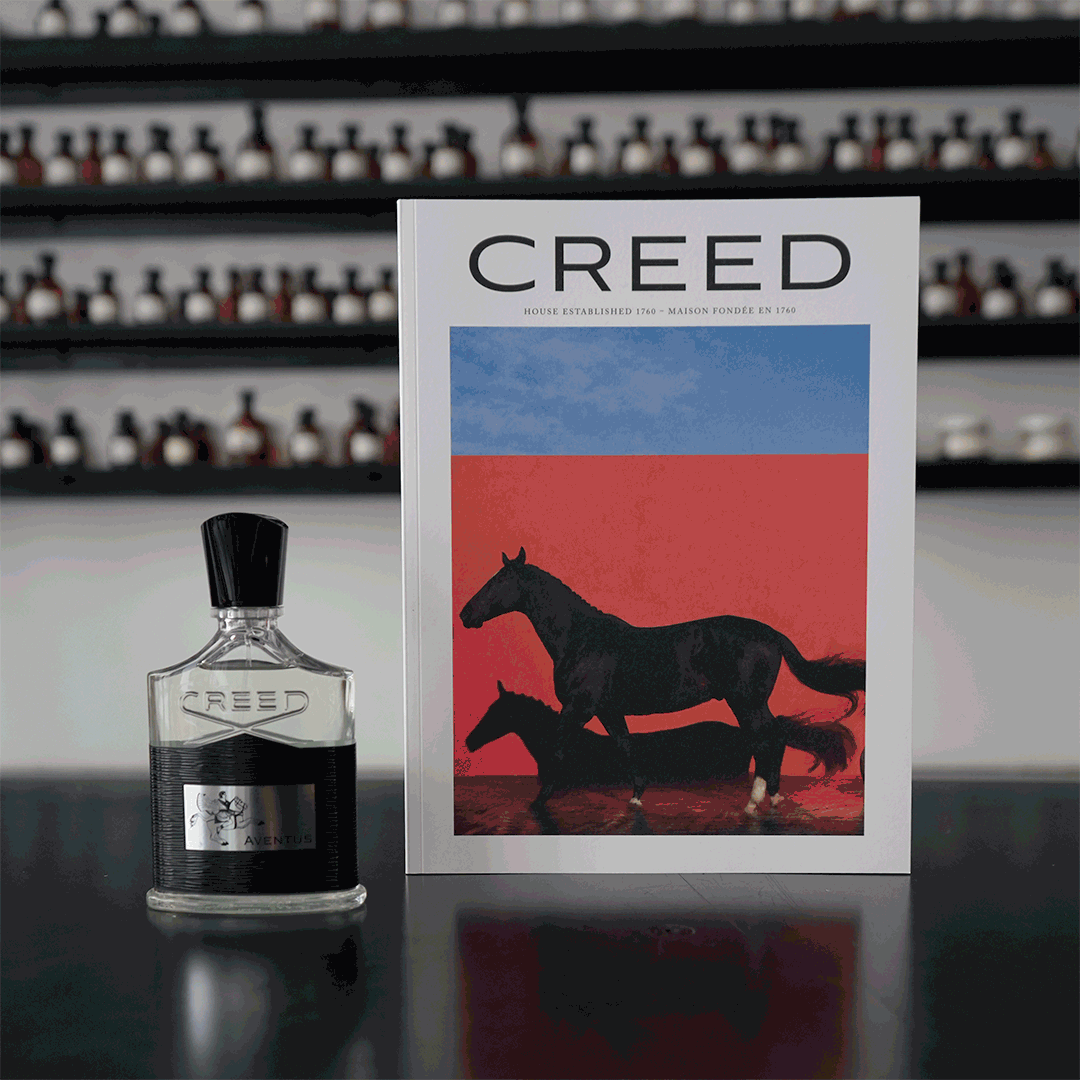
+200 gifts offered with purchase by over 50 brands!
Creed, Maison Francis Kurkdjian, Kilian, Diptyque,
Éditions de Parfums Frédéric Malle & much more
to discover here.